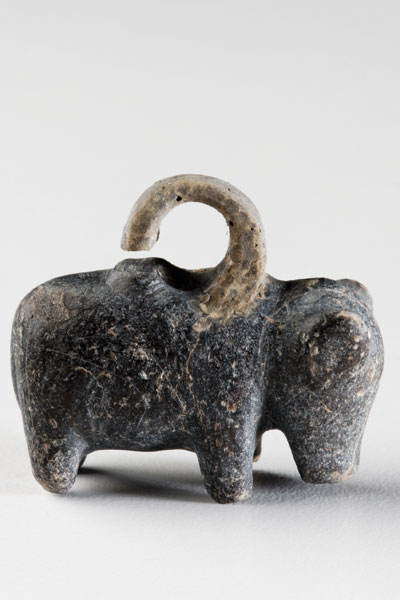The Philippines: An Archipelago of Exchange at the Quai Branly Museum in Paris (until 24 July) brings together an impressive range of objects that demonstrate the fluidity of ideas and forms dispersed through exploration, trade and the blood of battle. The exhibition focuses on the fertile interactions between Filipino tribes and naval traders preceding the 16th-century Spanish colonisation.
Housed under the canopy of Jean Nouvel’s extraordinary building, the display treads a fine line between fetishisation and objective examination. On entering, you are surrounded by semi-circles of carved wooden rice gods, expanding outwards like shockwaves; you leave through a dark chamber lined with funerary objects. Through the photographic lens of the anthropologists who encountered the tribes in 1919, we witness the subjects’ rigid self-presentation, naked to the viewer’s curiosity. The artefacts themselves (which include the 500 BC jade pendant above) project a more tangible sense of life — an array of spoons with expressive anthropomorphic handles have a polished patina, achieved through a mixture of woodsmoke and sweat. When going into battle, the warrior would tie his spoon to his arm. If he lost, his head and his spoon would be part of the bounty.
There is a favoured pose in the sculpted figures: crouching, elbows on knees, one hand supporting a lolling head, as if waiting for something we don’t yet understand. Whereas many exhibitions of tribal art overload us with dry husks of evaporated significance, the Quai Branly celebrates the contemporaneity of these objects.






Comments